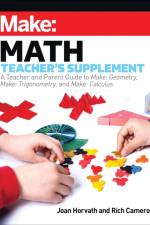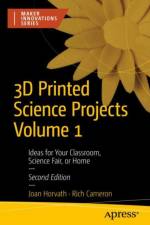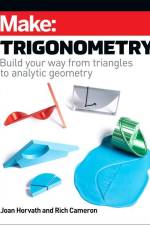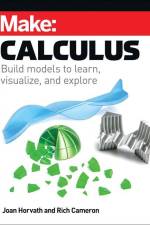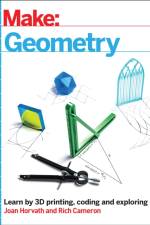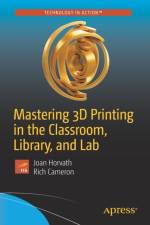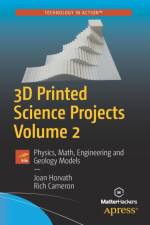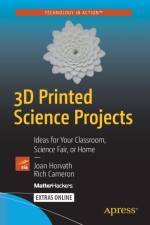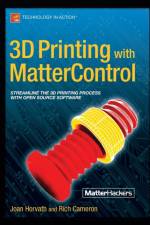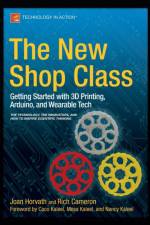- Wearable Technologies for Costuming, Cosplay, and Everyday
av Joan Horvath, Rich Cameron & Lyn Hoge
845,-
Pull back the curtain on making fun and innovative costumes and accessories incorporating technologies like low-cost microprocessors, sensors and programmable LEDs. Fashion tech can require skills in design, pattern-making, sewing, electronics, and maybe 3D printing. Besides the tech skills, making a good costume or accessory also requires knowledge of the intangibles of what makes a good costume. This book is a collaboration between two technologists and a veteran teacher, costumer, and choreographer. Regardless of whether you are coming at this from the theater costuming, sewing, or electronics side, the authors will help you get started with the other skills you need.More than just a book of projects (although it has those too), Practical Fashion Tech teaches why things are done a certain way to impart the authors' collective wealth of experience. Whether you need a book for a wearable tech class or you just want to get started making fantastic costumes and wearables on your own, Practical Fashion Tech will get you there.What you will learn:The fundamentals of both the sewing and the technology aspects of wearable tech for fashionHow to make a memorable costume that reacts to its wearer or environmentIdeas for using this book as a textbookWho this is for:Electronics enthusiasts, hipsters, costume designers, teachers, and students who want to learn how to make fashion or cosplay wearables. Cosplay fans wanting to incorporate sensors and more into their costumes.

